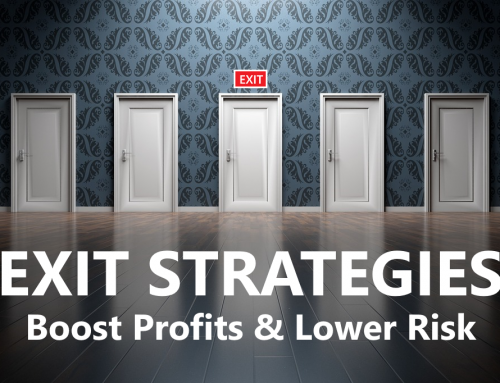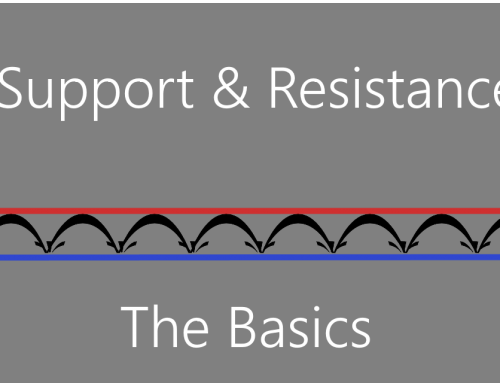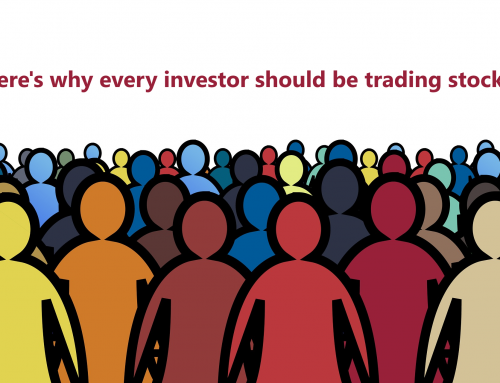Most traders view stock splits as high potential trading opportunities. They consider splits a positive progression in value and goodwill for companies and their investors. Corporate executives use stock splits as marketing and investor relation tools. They know that stock splits make shareholders feel better and engender a sense of greater wealth.
Critics would argue that a stock split is a non-event. They’re convinced that a split is simply an accounting function with no relationship to stock performance. In fact, they think investors are “foolish” to believe there is any money to made from something as unimportant as a stock split. So who’s right?
Research shows a clear relationship between stock splits and outstanding stock price performance.
A 1996 study by David Ikenberry of Rice University measured the short and long-term performance of stock splits. His research included all the 1,275 companies whose stock split 2-for-1 between 1975 and 1990. Mr. Ikenberry compared the split stocks to a control group of stocks for similar-sized companies in similar sectors that had not split. His results were startling. The split stock group performed 8% better than the control group after one year, and 16% better after three years.
In August 2003 Mr.Ikenberry – now Chairman of the Finance Department at the University of Illinois at Urbana-Champaign – updated the stock split study. This time he looked at companies from 1990 to 1997. Using a similar methodology that included 2-for-1, 3-for-1 and 4-for-1 stock splits, he found the results were essentially the same. Shares of split stocks on average outperformed the market by 8% the following year and 12% over the next three years.
More Split Research
Another study published in 2005 by Oliver Rui, Steven Wang and Tak Yan Leung at the Chinese and City Universities of Hong Kong and Hong Kong Polytechnic University backs up Ikenberry’s conclusions. In an abstract summarizing their study the professors stated that …
“Although stock splits seem to be purely cosmetic, there is ample empirical evidence that they are associated with abnormal returns. This study analyzes the effect of stock splits using intraday data and insider trading data in Hong Kong from 1980 to 2000. Consistent with the findings of other countries, we observe positive price reactions in Hong Kong.”
Based on this research it’s pretty clear that a stock split is much more than just an accounting transaction. If you believe these studies you would have to conclude that stock splits frequently have a well documented relationship with higher share prices. So what is the connection?
Reasons Why Stock Splits Increase Profits For Investors
>> The stock split announcement draws attention to a company’s success. This results in increased buying and higher prices.
>> Companies will often report high earnings and raise dividends at the same time they announce a stock split. The synergy of these events can drives the price of the stock up even more.
>> The reduced price per share after companies split a stock attracts many smaller investors.
>> With so many news and information services reporting stock splits, the announcements themselves have become a market-moving force.
Stages Of A Stock Split
The “typical” life cycle of a splitting stock tends to involve six major categories:
|
PRE-ANNOUNCEMENT * The RightLine Report |
Stocks usually enter this initial stage quietly and without fanfare after a long period of healthy growth. However, in some cases emergence into the Pre-Announcement stage occurs quickly, as a unexpected windfall causes a rapid increase in the stock price. This stage of a stock split is often associated with significant appreciation in share price.. The key to profiting from this stage is being able to determine which stocks are the most likely to split and when. |
|
ANNOUNCEMENT
|
The upbeat atmosphere of a stock split often pulls in a large number of new buyers. This influx of traders and investors can lift the stock price higher, giving exceptional gains for those positioned in the stock prior to the split stock announcement. For those who are not in the stock before the split announcement, this stage usually offers low-risk setups for timing short-term trading entries. |
|
DORMANCY
|
There is generally a return to normal price behavior in the weeks following a split announcement as the initial interest subsides. The shorter the time between the announcement and the split date, the less subdued this stage will be. |
|
PRE-SPLIT RUN
|
For many stocks this is the most powerful phase of the split cycle as investors dramatically bid up the price of the limited supply of shares. |
|
THE SPLIT
|
The day of the stock split provides more investor awareness of the already well publicized stock split. Many investors who watched the stock rise at the announcement and again during the pre-split run will now buy shares at the lower split prices. These final buyers can push prices even higher. |
|
POST-SPLIT
|
After the last buyers are in, investor excitement for the split stock can begin to fade. Prices will often retreat for a while as shares are sold to lock in profits. This stage of a stock split can deliver excellent shorting prospects. While some split stocks will pullback and consolidate for a while, strong performers often dip, quickly rebound and then continue to fly higher. |






